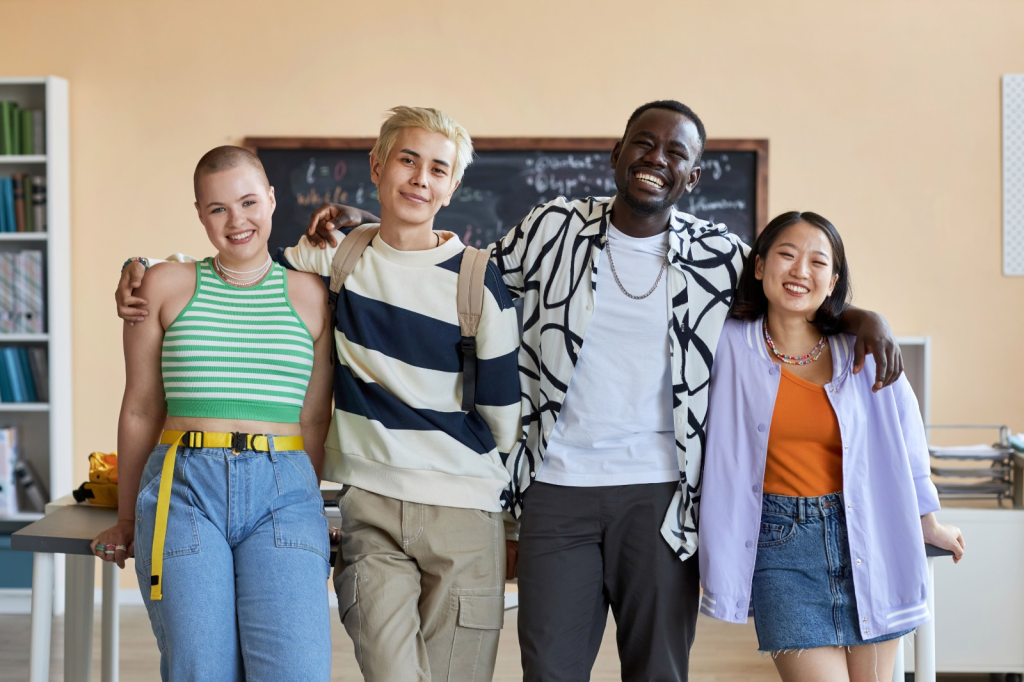
Over the years, educators and researchers have proposed various classifications to describe the different types of learners. While no model is universally accepted and people may exhibit characteristics from multiple categories, these classifications offer a starting point for understanding how different individuals might approach and process information. Here are some commonly referenced types of learners:
Visual Learners:
Preference: Learn best through seeing or visualizing information.
Characteristics: Often benefit from diagrams, charts, illustrations, and graphic organizers. They might doodle during lectures or use color-coded notes.
Strategies for Educators: Incorporate visuals like flowcharts, infographics, videos, and images.
Auditory Learners:
Preference: Learn best through listening.
Characteristics: Benefit from lectures, discussions, and audio recordings. They might read out loud when studying or enjoy listening to podcasts.
Strategies for Educators: Use verbal explanations, encourage group discussions, and provide audio resources.
Kinesthetic (Tactile) Learners:
Preference: Learn best through movement and hands-on experiences.
Characteristics: Benefit from physical activity, hands-on tasks, experiments, and real-life applications. They might struggle to sit still for extended periods.
Strategies for Educators: Incorporate movement in lessons, use physical props or models, and create hands-on activities or workshops.
Reading/Writing Learners:
Preference: Learn best through reading and writing.
Characteristics: Favor traditional study methods like note-taking, reading, and writing reports or essays.
Strategies for Educators: Provide written materials, encourage journaling, and assign essays or reports.
Logical (Mathematical) Learners:
Preference: Learn best through logic and reasoning.
Characteristics: Enjoy exploring patterns, categorizing information, and working with abstract concepts. They might excel in math and problem-solving activities.
Strategies for Educators: Incorporate problem-solving tasks, use categorization, and present concepts in a structured manner.
Social (Interpersonal) Learners:
Preference: Learn best through group activities and interactions.
Characteristics: Thrive in group discussions, seminars, and group projects. They often prefer to talk through problems and concepts.
Strategies for Educators: Encourage group work, class discussions, and collaborative projects.
Solitary (Intrapersonal) Learners:
Preference: Prefer to work alone and use self-study.
Characteristics: Are introspective and often understand their own learning processes very well. They might favor independent study and reflection.
Strategies for Educators: Allow for independent projects and provide materials for self-study.
Naturalistic Learners:
Preference: Learn best through experiences in the natural world.
Characteristics: Enjoy topics related to nature, biology, and ecology. They might excel in outdoor education settings.
Strategies for Educators: Incorporate natural examples, field trips, and outdoor activities.
While these categories offer a framework for understanding different learning preferences, it’s essential to recognize that many learners are multimodal, meaning they may not strictly fit into one category. They might use different approaches depending on the subject or context. It’s beneficial for educators to use diverse teaching methods to cater to a range of learning preferences in their audience.
